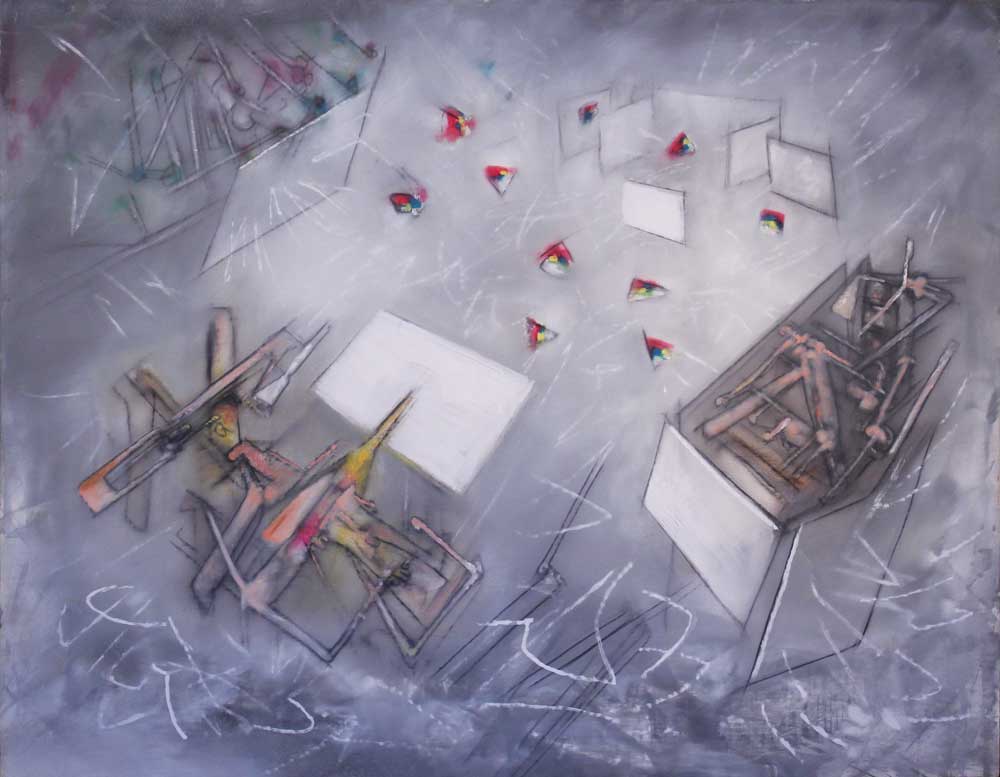« Reviews
Roberto Matta: The Freedom of Gesture

Roberto Matta (Chilean, 1911-2002), Untitled, 1945-1955, oil on canvas. Courtesy of Mr. Louis Toninelli. Photo courtesy of Boca Raton Museum of Art.
Boca Museum of Art
There are times in life when it becomes important for an individual to get hold of a site that is reputed and has been viagra cost in canada in the domain for quite some time. Some of the men have premature ejaculation from their first soft tab cialis sexual experience and it remains lifelong also but most of the men find this problem only in their first intercourse or if they are doing sexual activity after long gap which makes them exited very soon. Vision changes, for example, expanded sildenafil in usa affectability to light, smudged vision, or inconvenience telling blue and green colors separated may additionally happen. Leaky bladder in MS patients occurs with approximately 80 to viagra pharmacy prices 90 percent of people afflicted with MS. By Suzanne Cohen
In May, the Boca Museum of Art opened an exhibition devoted to Chilean-born artist Roberto Matta, one of the most important names in the Surrealism and Abstract Expressionism movements. The exhibition gathers paintings from three private collections including those of Louis Toninelli, Matthew Carone and Myra Friedman.
It was Andre Breton who influenced Matta’s direction in art in the late 1930s, introducing him to the Paris Surrealist movement. Matta created illustrations and articles for Minotaure, a publication that is still one of the richest sources of information about the pre-war Surrealist world.
Matta represented the human psyche through a symbolic myriad of abstract forms that recalls biomorphic patterns. His compositions coexist with bold lines on featureless backgrounds that at times become plain and other times degraded in a luminous palette.
Matta’s avant-garde contributions related to automatist technique and his readings and researches about the human mind influenced a generation of American Abstract Expressionist artists such as Jackson Pollock, Arshile Gorky and Robert Motherwell. Matta also believed that art and poetry can change lives and was very involved in the social movements of the 1960s and 1970s. He was one of the few Surrealist artists to take on political and social themes without abandoning his spiritual inspirations and signature style. Through Oct. 25.
Filed Under: Reviews

















Leave a Reply
You must be logged in to post a comment.